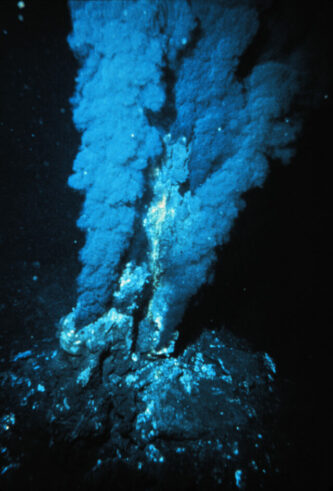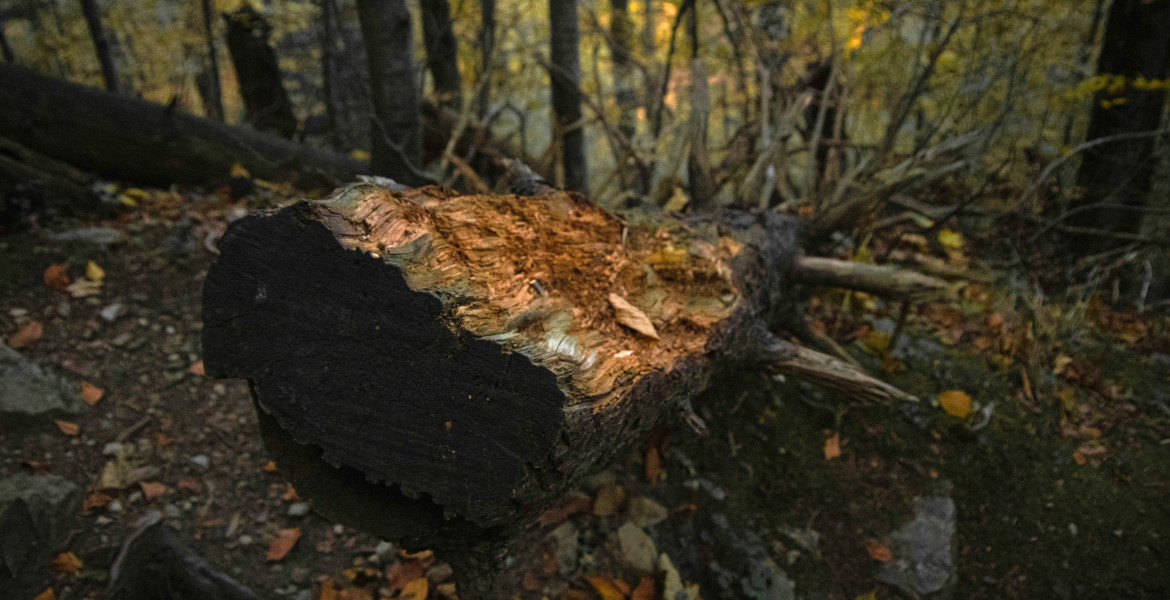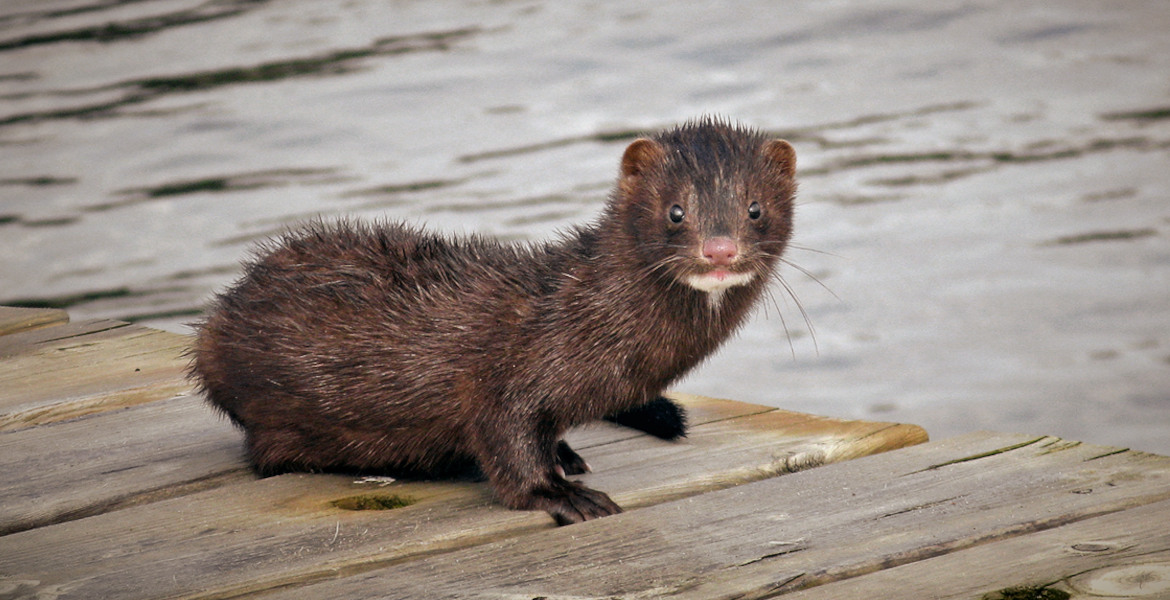Scientists have discovered new ecosystems beneath the Pacific Ocean floor in what are known as hydrothermal vents. These include new species of squid and worms, as well as previously unknown forms of bacteria.
Scientists discovered the hydrothermal vents in the Mid-Atlantic Ridge in the Pacific Ocean in 1977. In many places, hot water flows, but there are also more temperate parts of the vents – and it is here that several new species of crabs, worms, and bacteria have been found. The openings on the seafloor are like chimneys of hot water flowing upward and can be up to 50 meters high. As the water rises, it can look like smoke from a chimney, which can be either black or white.
Scientists have never tried to look under the vents before, but here they succeeded by using a robotic arm to carefully remove layer after layer of the seafloor, then placing mesh boxes over cracks in the crust. The boxes then caught a variety of animals living in the cavities beneath the seafloor.
The catch included a number of unknown and described as bizarre species, including snails, worms and squid, suggesting the existence of a unique ecosystem beneath the seafloor.
“A remarkable discovery”
– On land we have long known of animals living in cavities underground, and in the ocean of animals living in sand and mud, but for the first time, scientists have looked for animals beneath hydrothermal vents, Jyotika Virmani, executive director of the Schmidt Ocean Institute, which led the expedition, said in a statement. This truly remarkable discovery of a new ecosystem, hidden beneath another ecosystem, provides fresh evidence that life exists in incredible places.
Specifically, species of tubeworms live around hydrothermal vents, but very few of their offspring have been found above the vents. This has led researchers to hypothesize that the worms are moving below the Earth’s surface to establish new hydrothermal communities.
– Our understanding of animal life at deep-sea hydrothermal vents has increased significantly with this discovery, said Monika Bright, an ecologist at the University of Vienna who worked on the mission.
The researchers will publish their findings later this year, but will also continue to explore the new ecosystems. It is also estimated that these ecosystems may be vulnerable to deep-sea mining, which is about to begin in Norway and other countries.
Hydrothermal vent
Also known as hydrothermal vents, hydrothermal vents are openings in the seafloor that discharge hot water, minerals, and metals. The water that flows out can be as hot as 400°C and is heated by magma beneath the seafloor.
Animal species found at these vents are often unknown to scientists.









